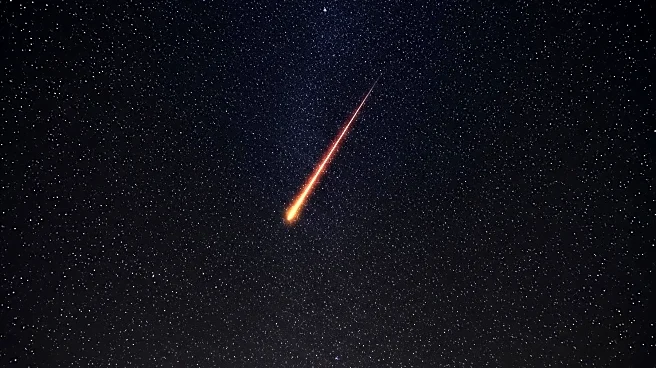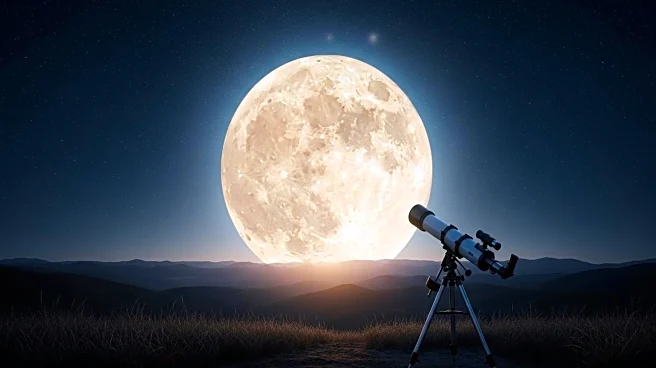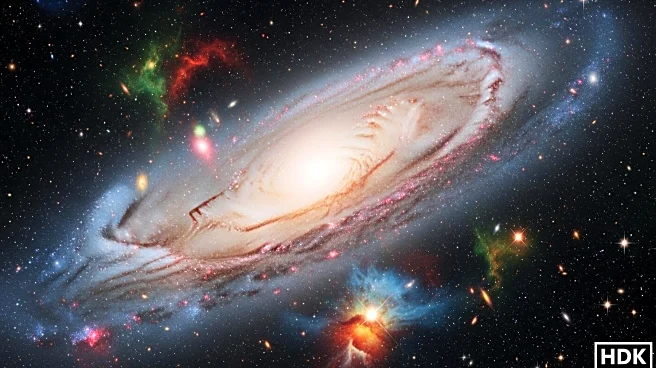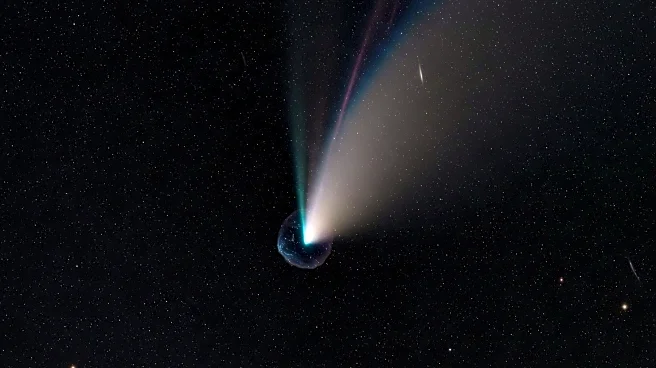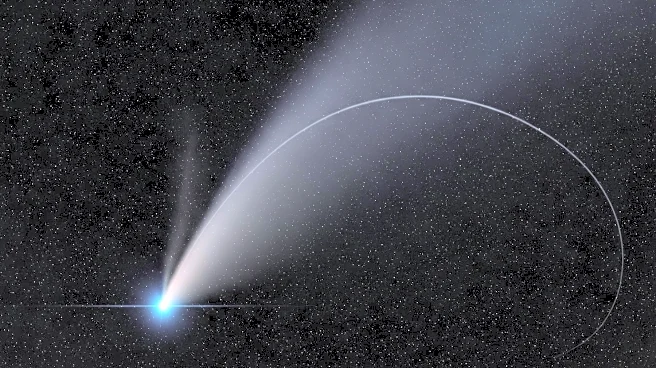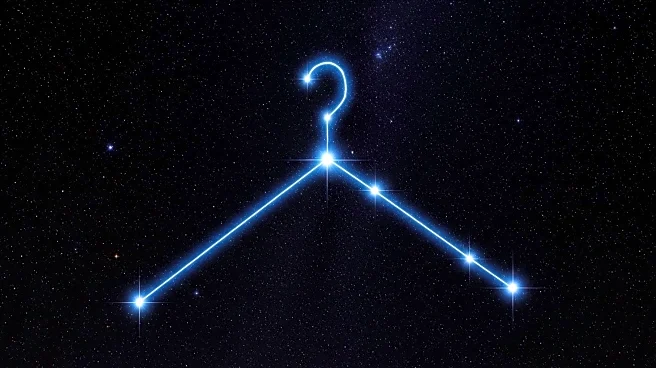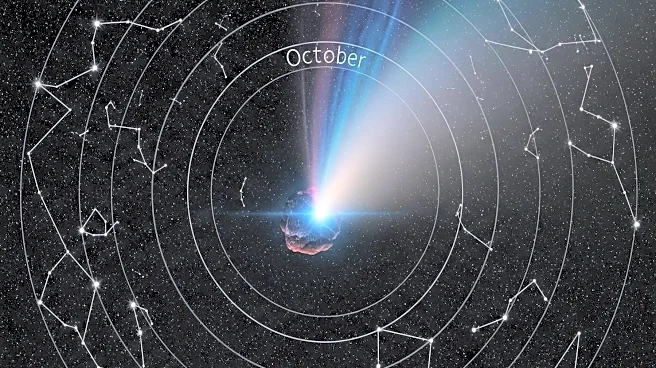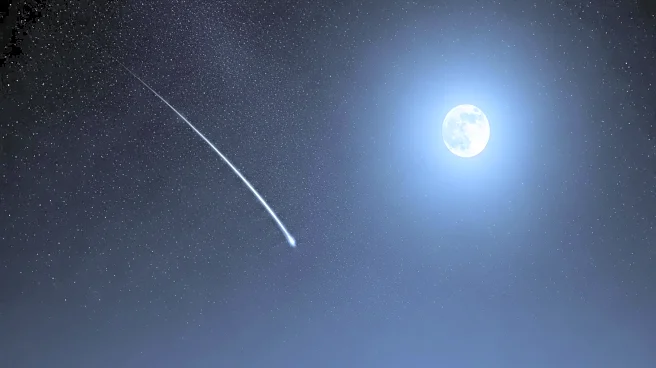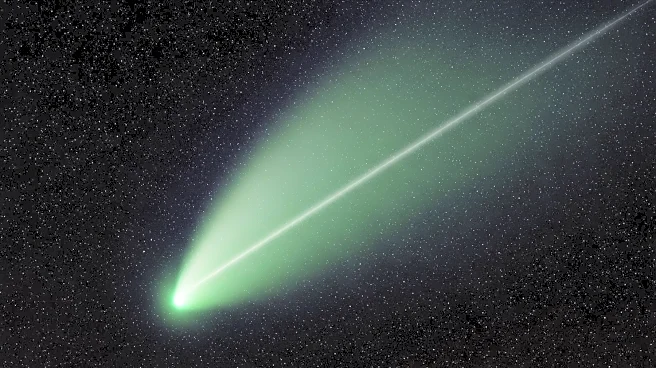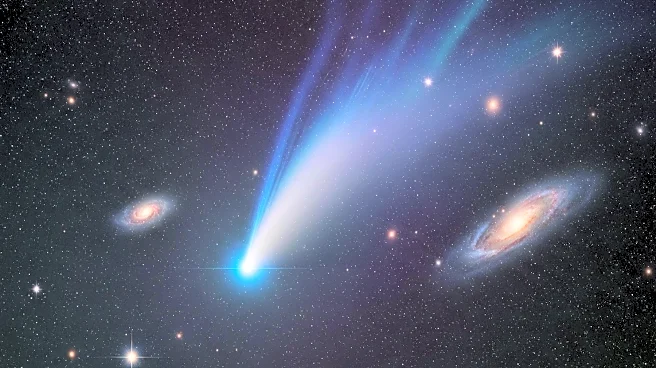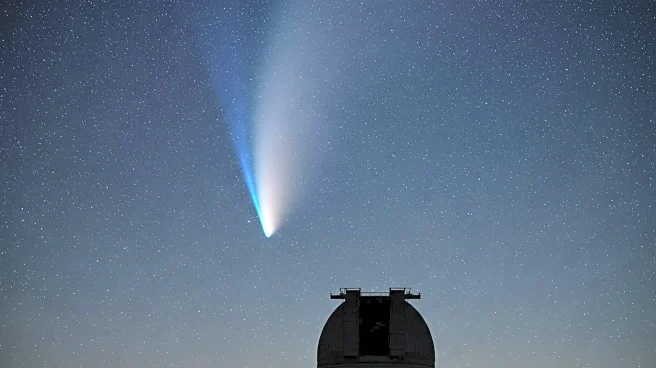What is the story about?
What's Happening?
The Orionid meteor shower, associated with Halley's Comet, is set to peak around October 20-21, 2025. During this period, observers can expect to see 10-20 meteors per hour under ideal dark sky conditions. The American Meteor Society suggests the peak might occur slightly later, on October 22-23. The meteors will appear to radiate from the constellation Orion, visible above the southeastern horizon in the early hours of mid-October. The shower is known for its bright meteors that leave glowing trails in the sky.
Why It's Important?
The Orionid meteor shower is a significant astronomical event, providing a natural spectacle that can be enjoyed by the public and astronomers alike. It offers an opportunity for educational outreach and public engagement in astronomy. The event also allows scientists to study the debris from Halley's Comet, contributing to our understanding of cometary materials and their interactions with Earth's atmosphere. The shower's visibility across the Northern Hemisphere makes it accessible to a wide audience, fostering interest in space and science.
What's Next?
As the peak approaches, astronomers and enthusiasts will prepare for optimal viewing conditions, which include finding locations with minimal light pollution. The new moon phase during the peak will enhance visibility. Observers are advised to allow their eyes to adjust to the dark and to look away from the radiant point for the best chance of seeing long meteor trails. Photography enthusiasts may also prepare to capture the event using specialized equipment and techniques.
AI Generated Content
Do you find this article useful?
